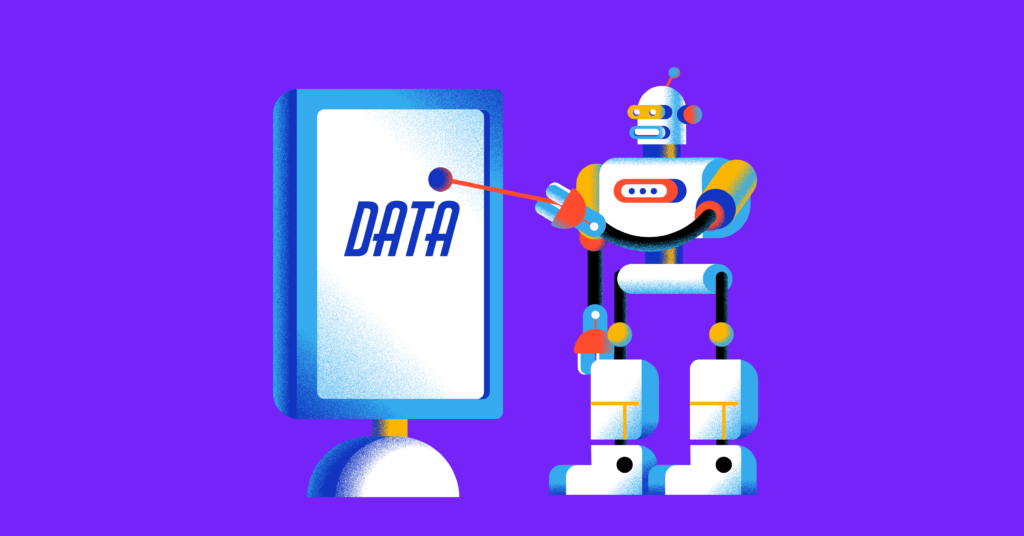Tech giants and startups alike have spent the past year building new generative AI tools for users and advertisers.
From AI images in programmatic ads to the rise of AI-generated TV commercials, brands are starting to explore new ways to think about creative across platforms. The last few weeks of 2024 brought big news with expanded access and improved output for generative models such as OpenAI’s Sora, Amazon’s Nova, and Google’s Veo.
Despite the technological feat, AI-generated content has garnered both passionate fans and harsh critics. Depending on who you ask, this category is either a powerful new form of creativity or a crushing “AI slop” that steals intellectual property jobs. However, the question is which of these perspectives do you adhere to?
Over the next year, these tools and others from companies like TikTok, Meta, and Amazon are likely to see further adoption by users, influencers, and advertisers. Better outcomes and lower costs could lead to a proliferation of AI-generated content for both users and businesses. However, it is unclear how regulations and litigation related to copyright issues will impact innovation, adoption, and creation in 2025.
One startup that’s garnering praise is Pika, which recently released its AI video model Pika 2. Lindsay Brillson, head of brand and content at Pika, said Pika is seeing more brands using AI for organic social content and, in some cases, advertising. “It’s fun, it grabs people’s attention, and it feels like it fits naturally into the space,” Brillson said.
“There’s a big shift happening where you can actually control the components of a scene instead of leaving it up to chance,” she said. “We’ve found that people want to be able to control characters, environments, wardrobes, objects, props, and products.”
Over the past year, platforms like Pinterest, Meta, and Snap have been building new ways for advertisers to create AI-generated ads while rolling out new features for users. Kevan Yarowitz, Accenture’s global leader for software and platforms, said content creation tools for users and businesses are converging in ways that will drive greater adoption. He’s also excited about the potential benefits of more personalized and dynamic advertising on social platforms and elsewhere.
“For the first time in history, we can actually create ads that are not just tailored directly to individual users, but to individual queries,” Yarowitz said. “It went from an idea to reality on most platforms this year.”
Jon Morgenstern, vice president and head of investments at VaynerMedia, said small businesses will continue to adopt AI content and advertising tools from social platforms. He mentioned TikTok’s Symphony Creative Studio, which lets users create AI-generated content by pasting a URL into the tool. Big brands are hesitant to adopt certain AI tools due to data privacy, copyright infringement, and intellectual property concerns, potentially giving smaller brands an advantage.
“The long tail is taking advantage of these (tools) right away,” Morgenstern said. “This almost levels the playing field, allowing small challenger brands to fly under the radar and not get sued for doing something against the big players.”
Bernie Warfolk-Smith, chief growth officer at DAIVID, said the impact of generative AI on creative assets has not yet been fully felt, and DAIVID is focusing on how ads capture attention and influence emotion. is measured using AI. He believes AI has the potential to help with predictive analytics and synthetic audiences, but believes its benefits for personalization and scale are overstated and could undermine quality outcomes. . However, as production increases and costs decrease, the situation may change.
“We compared the emotions of human-made Coca-Cola and AI-made Coca-Cola,” Warfolk-Smith said. “Warmth, the standard emotion evoked in Christmas ads, was about a third lower[in the AI ads]. We basically attributed that to the uncanny valley.
Platforms offer new AI tools for creators to use, but people wonder how content creators will be compensated if their content is used to train AI models that other users turn into content Some people think so. Gartner analyst Andrew Frank cited ongoing efforts by companies like Bria, Getty Images, and Adobe to compensate contributors based on their impact on AI-generated output.
“The general atmosphere is that we’re at the height of anxiety, not just because of politics, but because things are changing so quickly,” Frank said. “I think there are still big shocks in the future because of a lot of the developments this year, including the development of AI and the development of other technologies. I feel that there is.”
Whether control will be achieved in 2025 remains to be seen. But there’s no doubt that envelope technology providers, adopters, and humans alike will continue to explore new ways to develop, deploy, and test new types of AI-powered creative.



